Why did we start on this Project ?
As researchers who work day and night with hardware and an avid electronics enthusiasts. We were looking for an alternative to existing PCB prototyping methods. Sending boards to a fab house either takes too long or is too expensive. Conductive Ink Printers, Milling Machines etc all need one to buy special equipment and etching PCBs yourself is a multi step process and is kind of messy. Thats why we created Printem.
You can see it in action here
How it works and the various design consideration and materials of the Printem film will be describe in the project logs. So stay tuned !
We have built a proof of concept system to show that it works, the goal now is to improve the resolution and usability of the Printem Film and involve the community to make a truly useful rapid fabrication tool for electronics prototyping. We would love to hear your thoughts and opinions !
Looking forward to all your comments, critique, suggestions and advice !
Cheers!
 varunperumal
varunperumal
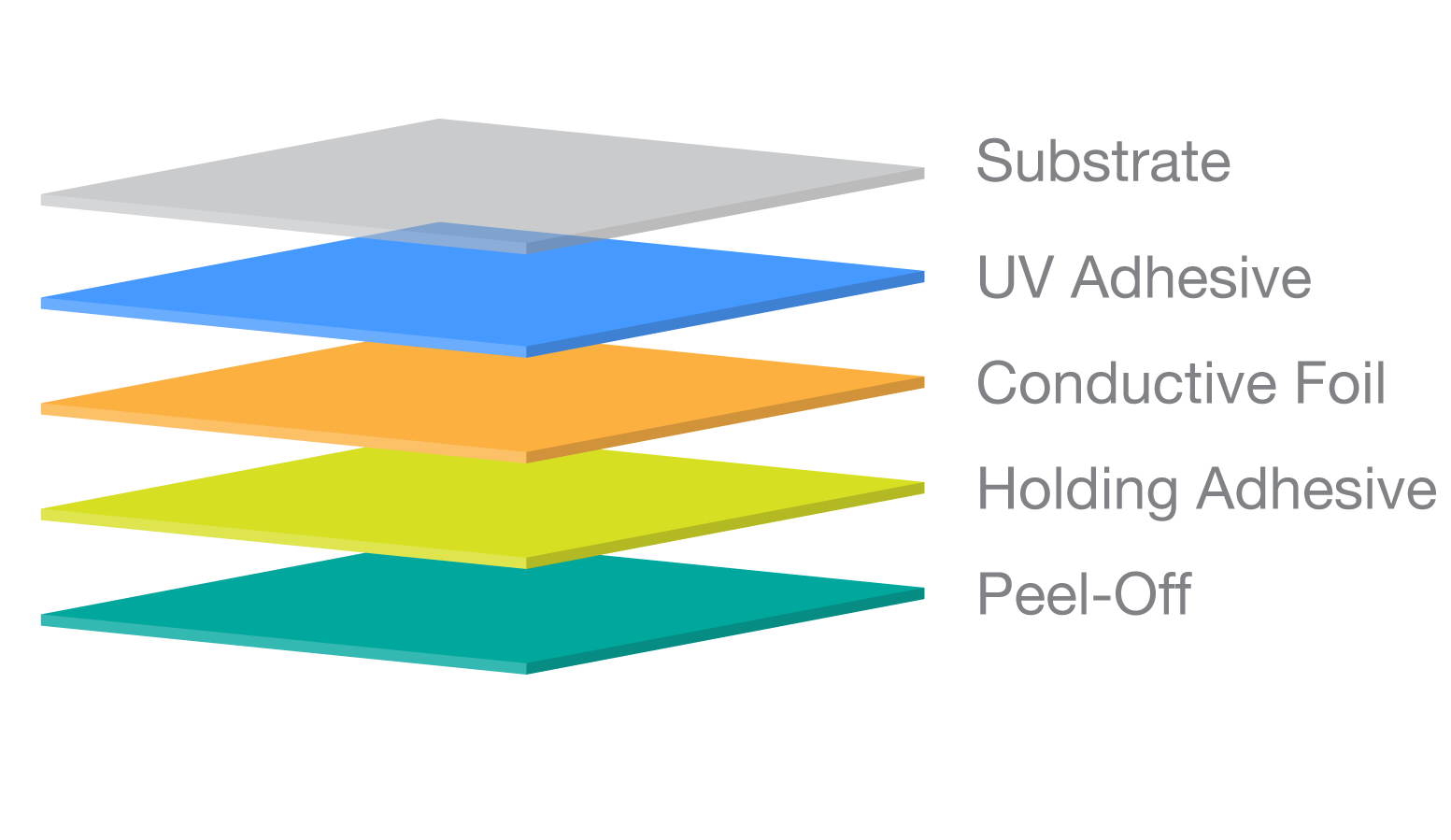
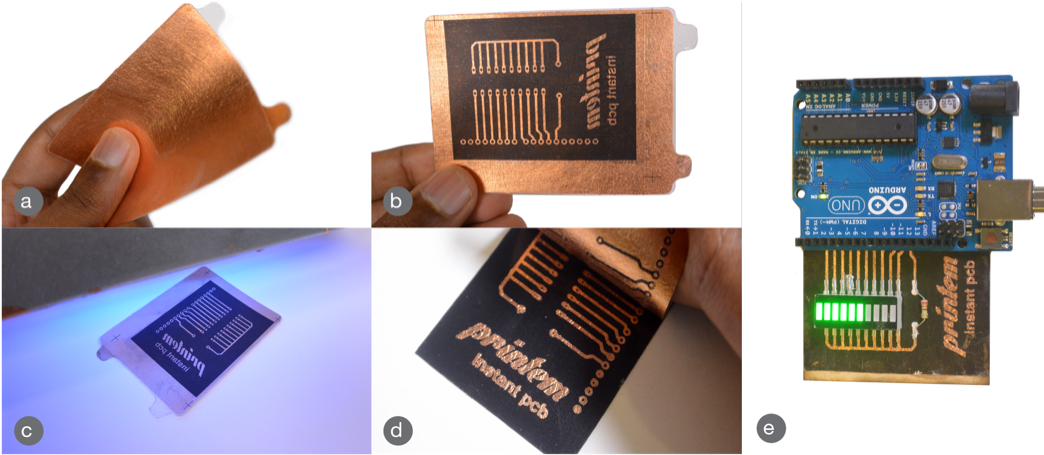







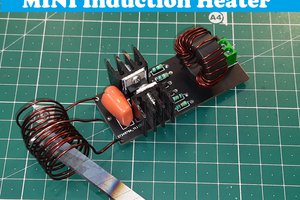
 Sagar 001
Sagar 001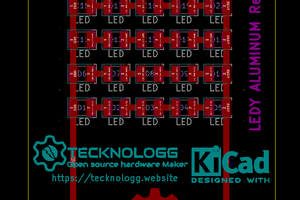
 Chromico
Chromico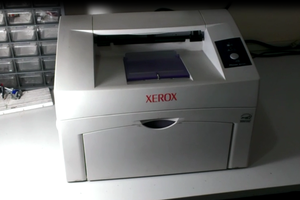
 advancer01
advancer01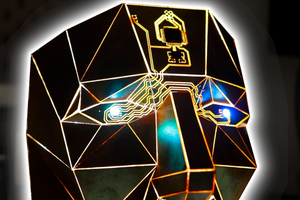
 Stephen
Stephen
really fantastic idea... any progress on developing it for a wider release?